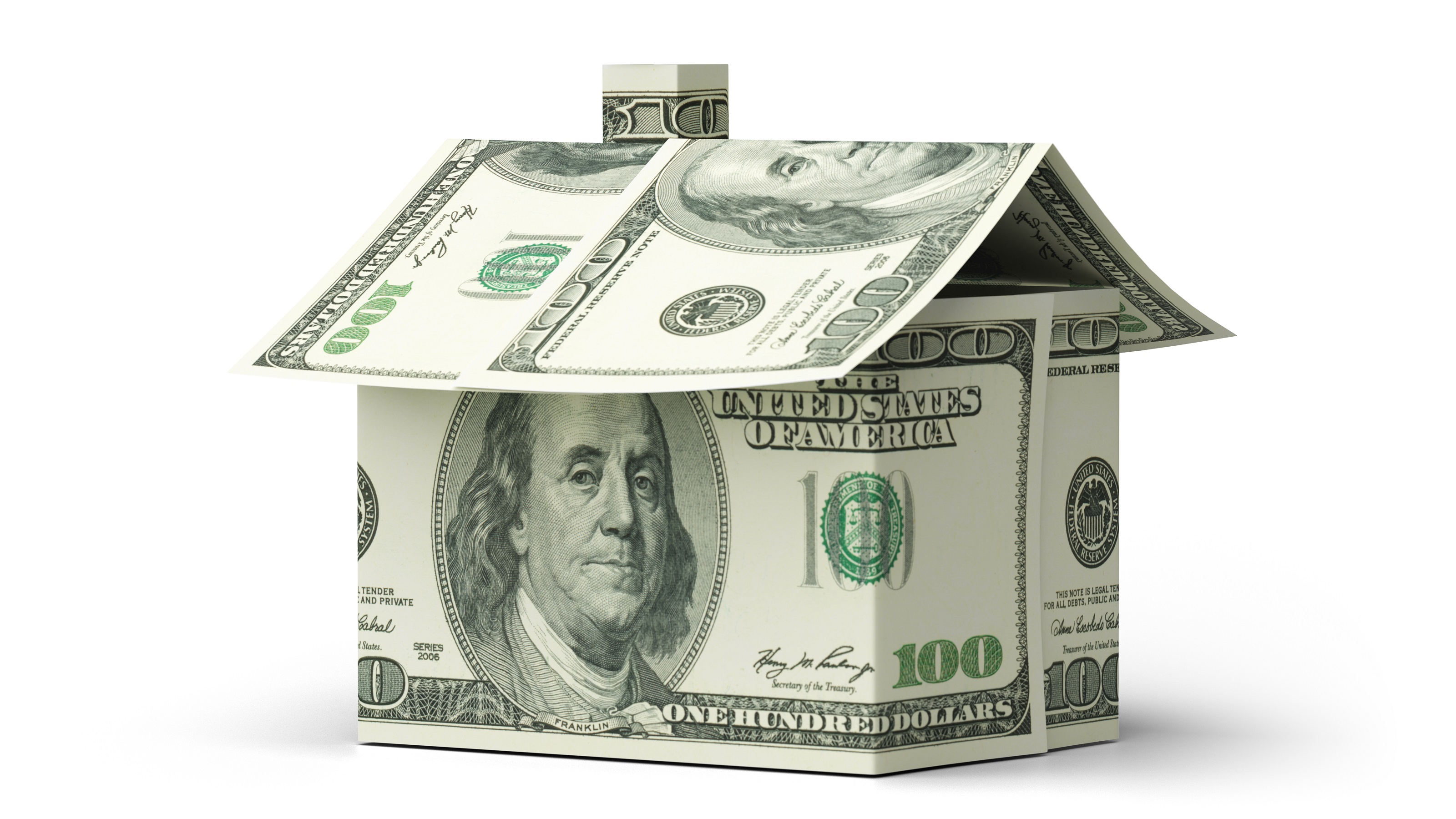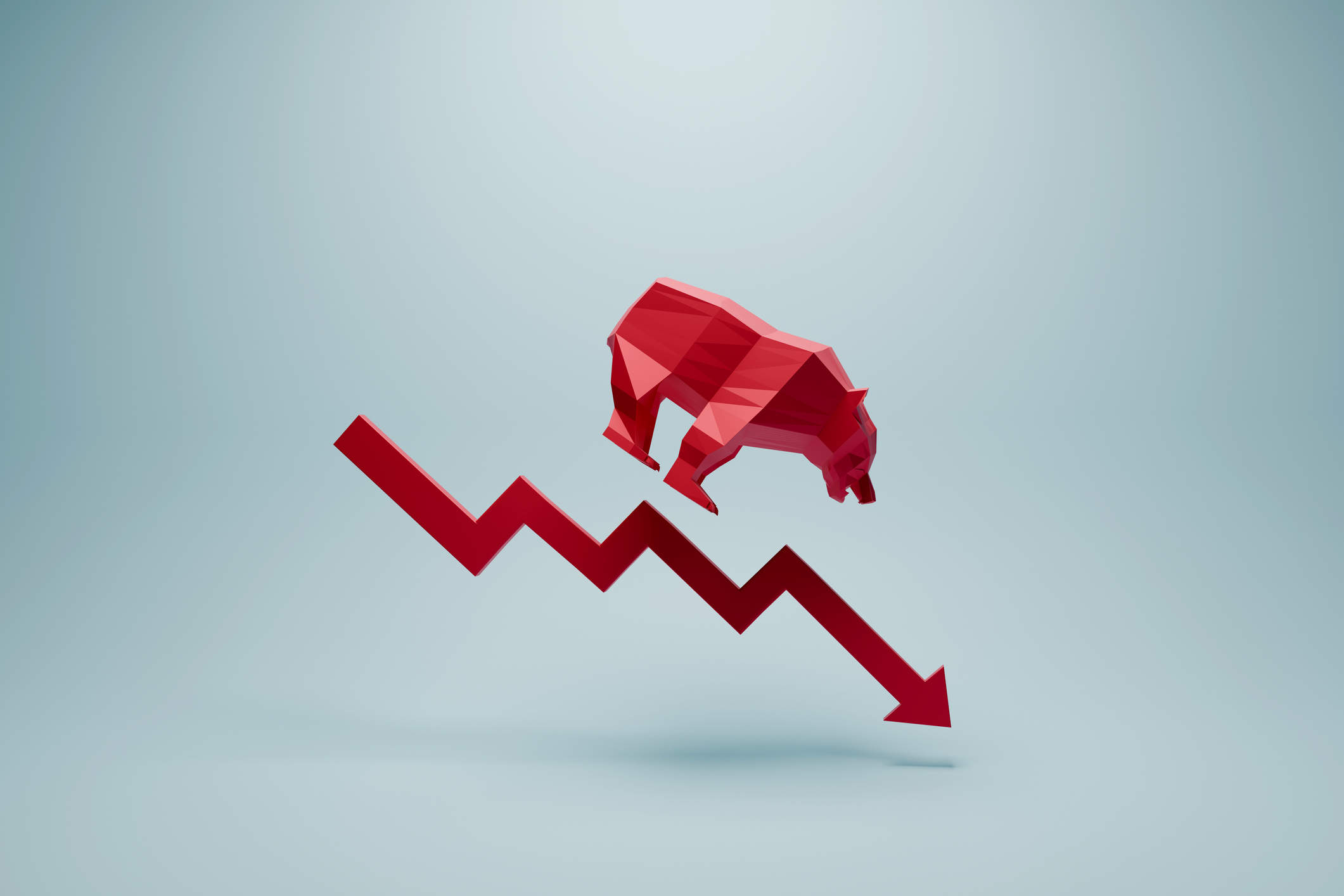Stick to the Plan: Don't Panic During Economic Uncertainty
Take a breath and step back. Focus on a solid fiscal foundation to stabilize your investments during stock market volatility.


With sticky inflation and a volatile stock market, there’s plenty of reason to feel whiplash from the current state of the economy.
More than 60% of Americans feel a U.S. recession is somewhat likely or very likely in the next year as consumer confidence continues to wane. That’s especially true for retirees or pre-retirees, who could be worried about their retirement assets losing value during stock market drops.
It’s easy to make investment decisions based on emotions rather than logic, but that can lead to poor decisions. I recommend taking a breath, stepping back and evaluating the entire retirement plan.

Sign up for Kiplinger’s Free E-Newsletters
Profit and prosper with the best of expert advice on investing, taxes, retirement, personal finance and more - straight to your e-mail.
Profit and prosper with the best of expert advice - straight to your e-mail.
Living in the South, we’re familiar with the importance of a solid foundation due to our clay-heavy soil. Without a solid foundation, you may be able to survive for a few years, but as things start to settle and rain falls, cracks are likely to start to appear, with damage spreading throughout the house.
We can take these lessons and apply them to your retirement strategies. We can’t control the stock market, but we can control the behavior of the money based on how we invest it.
Build investments around your fiscal house
Think of your retirement investment plan as a fiscal house built with three levels of varying risks.
The foundation, the base of your retirement plan, is crucial. The foundation represents your retirement income. Let’s face it, you can’t retire and more importantly, stay retired, if you don’t have enough money for day-to-day expenses. This income should come from sources and investment strategies that you can rely on consistently, like Social Security and pensions.
Once your income foundation is in place, you can start building your walls. Just like the walls of your home insulate you from the elements, the investments in the walls of your fiscal house should insulate you from direct market volatility.
We still want growth and appreciation but with limited market correlation. Take certificates of deposit (CDs) as an example. When money is put into a CD, the interest rate is locked in for the length of the CD, generally from one to five years.
While you can’t access the money until the account matures without facing a penalty, it grows steadily without being impacted by changes to federal interest rates and stock market swings.
Your fiscal house needs a roof
While the foundation and walls provide stability, over time, there’s a risk of not keeping pace with inflation. That’s where the roof of your fiscal house comes into play.
The roof is exposed to the elements — wind, hail and storms — which, in the case of your finances, represent market risks. The roof, though most exposed to risk, also offers the potential for higher growth in return.
These investments are more volatile, like stocks, bonds, mutual funds and ETFs, but over the long term, they have historically outperformed more stable investments.
The market is your best opportunity to outpace inflation, provide a longevity hedge and even create a legacy for future generations.
The key is having the foundation and walls in place first. With income secured and a solid growth strategy for the walls, the risk in the roof becomes more manageable.
You don’t need to panic when the market experiences ups and downs, because you have a reliable income stream, and you’ve built in money for emergencies.
The roof, while exposed to risk, can grow over time, allowing you to ride out market cycles without needing to sell during downturns.
Having a plan leads to confidence
The economy will go through cycles and the market will fluctuate up or down, but if you have a solid foundation and well-insulated walls, you don’t have to panic during market dips — because we know our steady cash flow will continue to provide us with a solid foundation and keep our finances upright.
Watching investments swing down is not fun, but our current lifestyle doesn’t have to change. Through proactive planning, we can help manage your risk tolerance and position your finances for stability.
Stock market volatility isn’t new. From the Great Depression to the 2008 housing crisis, we’ve survived market volatility before.
History tells us the storm will pass — the S&P 500 index average return dating back to 1926 is around 10% per year.
Don’t rush to make an emotional decision. A financial adviser can help you build a solid, long-term investment plan to weather the storms of uncertainty and give you peace of mind in your golden years.
A solid foundation will keep your fiscal house standing when the clouds clear.
Related Content
Get Kiplinger Today newsletter — free
Profit and prosper with the best of Kiplinger's advice on investing, taxes, retirement, personal finance and much more. Delivered daily. Enter your email in the box and click Sign Me Up.

Eric Lahaie is co-owner and co-founder, with his wife, Jennifer Lahaie, of JEHM Wealth & Retirement. He holds the RICP® (Retirement Income Certified Professional) designation and can offer both insurance and securities products. Additionally, he is a Certified Fund Specialist (CFS®) and Certified Tax Specialist (CTS™)
-
 Home Insurance: How to Cut Costs Without Losing Coverage
Home Insurance: How to Cut Costs Without Losing CoverageNatural disasters are causing home insurance premiums to soar, but don't risk dropping your coverage completely when there are ways to keep costs down.
By Jared Elson, Investment Adviser Published
-
 Markets Roller Coaster: Resist the Urge to Make Big Changes
Markets Roller Coaster: Resist the Urge to Make Big ChangesYou could do more harm than good if you react emotionally to volatility. Instead, consider tax-loss harvesting, Roth conversions and how to plan for next time.
By Frank J. Legan Published
-
 Home Insurance: How to Cut Costs Without Losing Coverage
Home Insurance: How to Cut Costs Without Losing CoverageNatural disasters are causing home insurance premiums to soar, but don't risk dropping your coverage completely when there are ways to keep costs down.
By Jared Elson, Investment Adviser Published
-
 Markets Roller Coaster: Resist the Urge to Make Big Changes
Markets Roller Coaster: Resist the Urge to Make Big ChangesYou could do more harm than good if you react emotionally to volatility. Instead, consider tax-loss harvesting, Roth conversions and how to plan for next time.
By Frank J. Legan Published
-
 Why Homeowners Insurance Has Gotten So Very Expensive
Why Homeowners Insurance Has Gotten So Very ExpensiveThe home insurance industry is seeing more frequent and bigger claims because of weather, wildfires and other natural disasters.
By Karl Susman, CPCU, LUTCF, CIC, CSFP, CFS, CPIA, AAI-M, PLCS Published
-
 Stock Market Today: Uncertainty Proliferates: Dow Loses 1,014 Points
Stock Market Today: Uncertainty Proliferates: Dow Loses 1,014 PointsWeaker-than-expected consumer inflation data wasn't enough to stabilize sentiment during another volatile day for financial markets.
By David Dittman Published
-
 Tariffs Are Paused: Here's What Retirees Should Stock up on Now
Tariffs Are Paused: Here's What Retirees Should Stock up on NowThe massive China tariff is still in place, but others have been paused for 90 days. That gives retirees a window to stock up on some goods.
By Maurie Backman Published
-
 Zelle App Shut Down? Why Zelle Has Discontinued Its App
Zelle App Shut Down? Why Zelle Has Discontinued Its AppWith the Zelle app shut down, learn how you can still use Zelle and which other mobile payment apps you might want to consider.
By Paige Cerulli Published
-
 Retired and Worried About a Recession? Six Ways to Prepare
Retired and Worried About a Recession? Six Ways to PrepareRetirees can plan for a near-term recession with a range of strategies, from small investment changes to significant lifestyle hacks.
By Maurie Backman Published
-
 Going Through Probate? How to Find the Right Attorney
Going Through Probate? How to Find the Right AttorneyJust having the skills and experience to do the job isn't enough. The probate attorney you hire needs to have the right temperament for your particular case.
By John R. Silva, Esq. Published